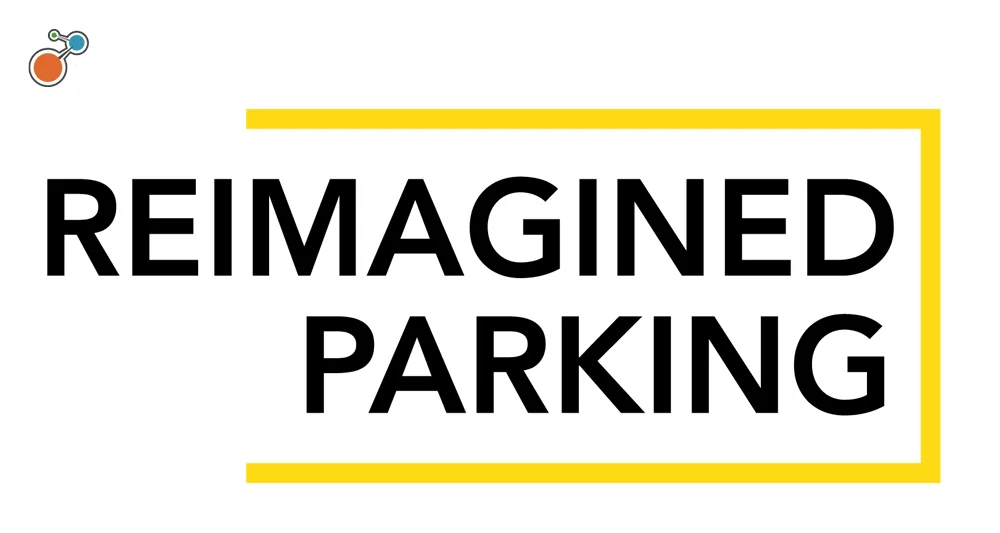Many Risk Managers regularly rely on their brokers or even their carriers to answer questions about their insurance program such as, “Do I have enough coverage for this new claim that came in?” or “Are there any gaps in my current coverage?” While the questions get answered, Risk Managers aren’t empowered to proactively address them in a timely and strategic way. It is a reactive response that leads to sub-optimal results and leaves many other, equally important, questions unanswered. The ability to proactively answer these questions will not only increase your productivity but will lead to more strategic conversations with your broker.
Traditional Tools for Insurance Program Management
For many organizations, insurance programs are usually managed in a file directory setup in some type of document management system to store the electronic versions of their policies. Risk departments then track high level policy details such a limits, carriers, deductibles, self-insured retentions, inception and expiration date, etc. in a spreadsheet and try to keep their records as updated as possible. Unfortunately, this is a time consuming process that leads to a myriad of de-centralized spreadsheets without the ability to connect other meaningful data such as claims and values to it. So how can organizations improve on this? They can use a risk management information system (RMIS) to start.
Using Technology to Proactively Manage Your Insurance
Unlike other methods for managing your policies, a RMIS can do the leg work of consolidating critical insurance program information across broker and carrier. This makes it easy to find policy related information, proactively address your risk with your broker and gain insights and uncover trends that can reduce risk and lower your costs.
Here are 5 ways a RMIS can help you proactively manage your insurance program:
1. Find and view global policy information across carriers, brokers, countries, and currencies. No more looking through file cabinets, computer folders or emails to find policies, endorsements, language, named insureds, etc. Policy information is at your fingertips when you have a claim or someone calls with a question about your coverage.
2. Identify gaps in coverage. By having a holistic view of your global policies, you may uncover gaps in local coverage where the umbrella may not drop down to the local compulsory levels.
3. Gain visibility into policy erosion. Is a claim going to move through to the next layer of coverage? Is it breaching your SIR or first layer? Stay informed so you know when it is time to notify the insurance carrier.
4. Understand how current and historical programs are performing. Are you buying too much insurance? Too little? Do you have the right program structure for your different lines of coverage? Historical views into policy erosion empower you to have proactive, data driven conversations with your brokers on those very questions.
5. Understand counterparty risk and how much of your insurance program each carrier holds.
With a RMIS, you will have the opportunity to look at your insurance program strategically. It turns your risk discussions from reactive to proactive, which can improve your productivity, uncover critical information, and reduce your risk.




